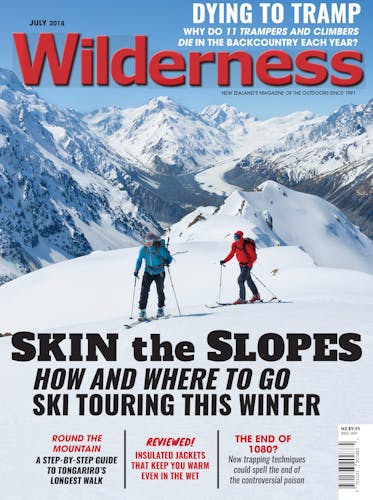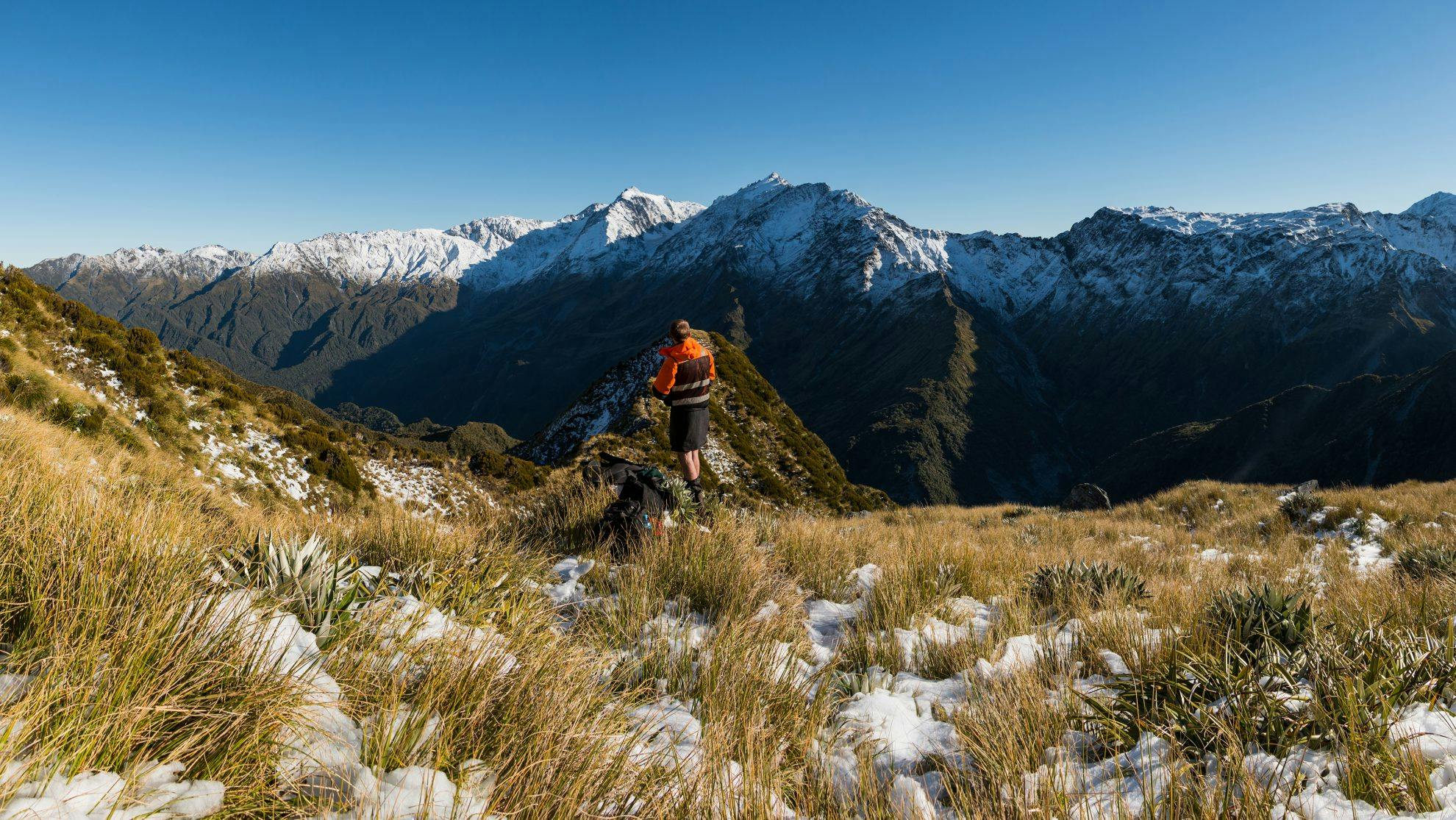The predator control work of Zero Invasive Predators (ZIP) is truly exciting. It has gone beyond clearing relatively small mainland islands of possums, rats and other predators to landscape-scale control.
Its latest project in the Perth Valley in Westland Tai Poutini National Park involves 12,000ha of bush, a big drop of 1080 and plenty of data-backed research that suggests clearing this huge area, and keeping it clear – ‘remove and protect’ in the predator control parlance – of possums is possible.
And while the application of 1080 is sure to raise the hackles of some, the plan is for one operation this winter and then, hopefully, no more. An extensive network of traps will mop up the remaining possums.
The main problem with predator control work in the past is that eventually the possums, rats and stoats all make their way back into the cleared area. But the Perth Valley should be different. The area is bordered to the north and south by fast flowing rivers – which possums have been proven to be too afraid to cross. And at the head of the valley is the Southern Alps, a huge rampart preventing reinvasion from the east. Any possums or rats that do somehow find their way into the area will quickly succumb to one of thousands of satellite-monitored traps.
This is the future of predator control in New Zealand and its success will be crucial to achieving Predator Free 2050. That it could mean phasing out divisive large-scale 1080 operations is a huge bonus. Read all about ZIP’s work on page 68.
It’s shocking to think that, on average, 11 trampers and climbers die each year in New Zealand. Former coroner David Crerar says these deaths are no accidents (see page 62). People are coming to grief through poor decision-making in places where a bad decision will not be forgiven. It could be wearing the wrong type of footwear, getting fatigued through not staying hydrated or choosing to cross a fast-flowing river.
There’s no easy way to learn how to make good decisions while tramping. Often it’s trial and error in environments where a mistake will not cost your life. You can also gain experience through tramping with wiser heads than your own, or joining a professional skills course. I’ve shelled out for a few courses over the years and have found rationalising the expense rather easy. If you’re really keen to spend a lifetime tramping – whether for short walks near home or longer trips in remote corners – paying to up your skills and knowledge is cheap compared to the cost of suddenly finding yourself outside your comfort zone.








